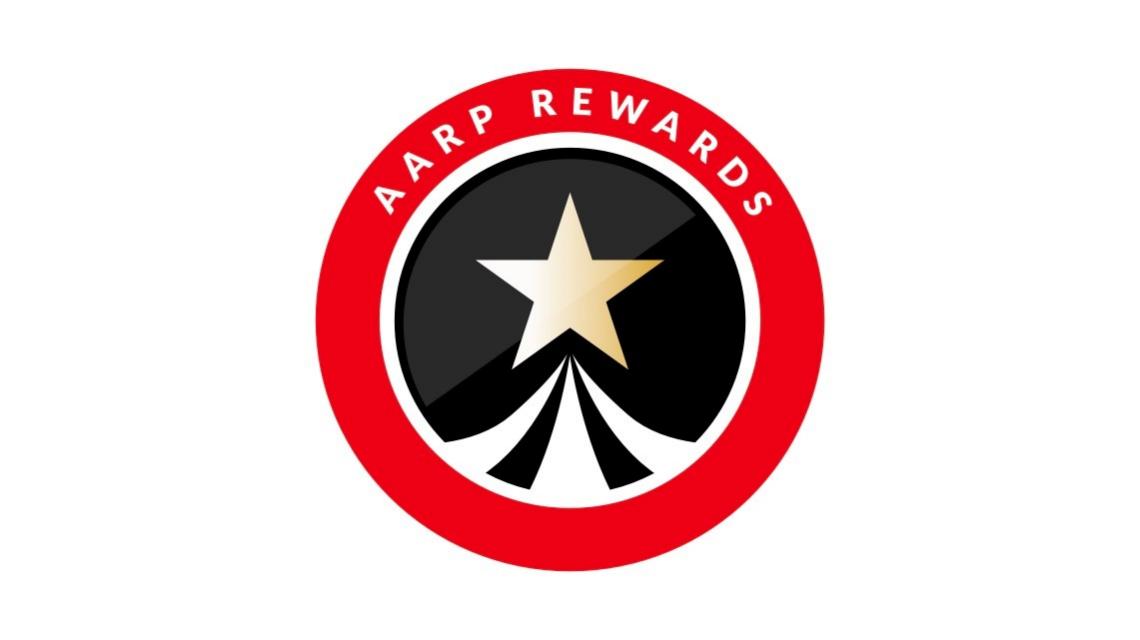Staying Fit
You can pay your Medicare premiums several ways, depending on which Medicare part you’re paying for and if you’re receiving Social Security benefits.
Typically, most people don’t pay premiums for Medicare Part A but pay them for Part B, which is $174.70 a month in 2024. People with high incomes pay even more.
You’ll also have to pay premiums if you decide to buy extra policies from private insurers to help cover Medicare’s out-of-pocket costs. Private Part D prescription drug plans and Medicare supplement plans, also known as Medigap, have separate premiums. If you have coverage from a private Medicare Advantage plan instead of original Medicare, you may have extra premiums, too.


AARP Membership— $12 for your first year when you sign up for Automatic Renewal
Get instant access to members-only products and hundreds of discounts, a free second membership, and a subscription to AARP the Magazine.
How do I pay premiums for Medicare Part A?
You typically won’t pay a premium for Medicare Part A if you or your spouse had Medicare taxes deducted from your pay for 40 calendar quarters, which is 10 years of work.
Otherwise, you may need to pay $278 or $505 per month for Part A in 2024, depending on how long you or your spouse worked. Medicare will bill you for any Part A premium you owe, and you have the option of paying electronically or by mail. Details are below.
How do I pay premiums for Medicare Part B?
If you receive Social Security or Railroad Retirement Board (RRB) benefits, your Medicare Part B premiums are automatically deducted and you won’t receive a bill.
If you aren’t receiving Social Security benefits yet, you’ll receive a quarterly bill from Medicare for your Part B premiums, which are due on the 25th of the month. You have four ways to pay them:
1. Log into your online Medicare account and pay by credit or debit card or electronic funds transfer from your checking or savings account.
After you log in, select My premiums from the drop-down menu under your name, then Pay Now and choose your payment method and the amount you want to pay. You’ll be linked to the U.S. Treasury’s secure Pay.gov site to complete your payment.




































































More on Medicare
12 Things Free Under Medicare
Vaccines, screenings, counseling and moreWhen 9 Biggest Medicare Changes Under New Rx Law Go Into Effect
A year-by-year implementation timeline of the Inflation Reduction Act’s health provisions
How Much Does Medicare Cost?
Monthly premiums, other out-of-pocket expenses can add up